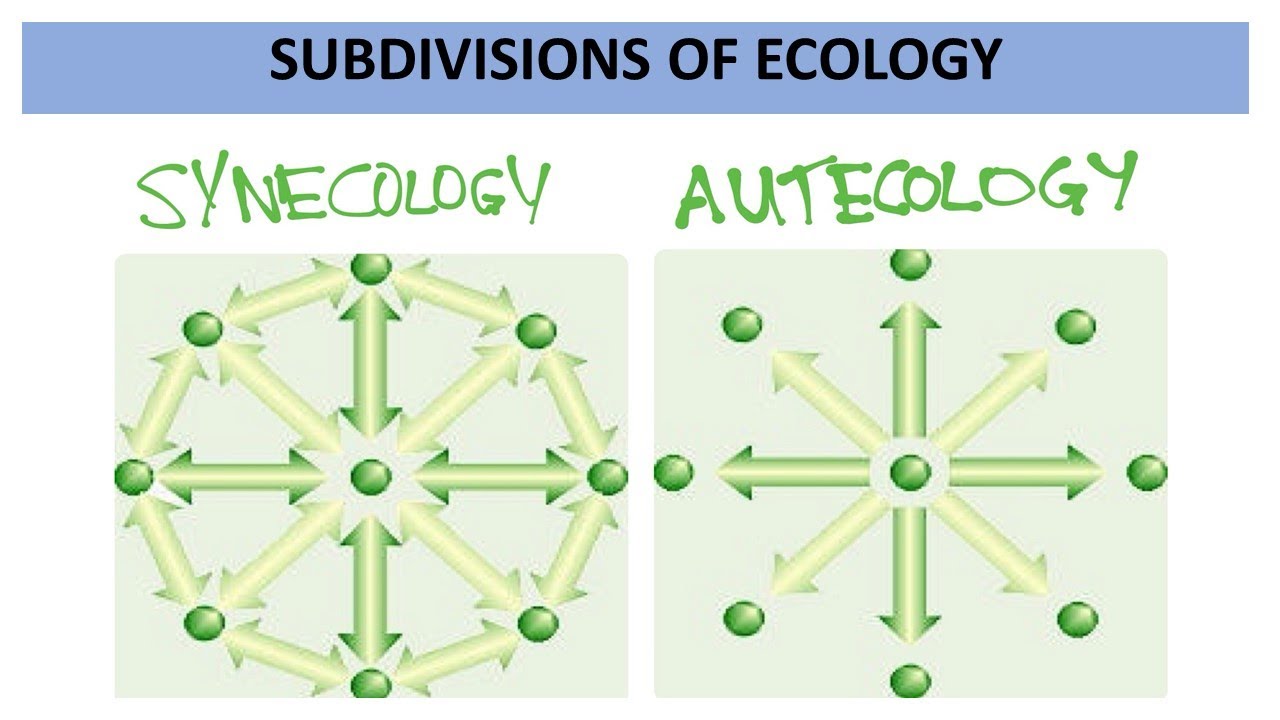Autecology and Synecology
Ecology is the study of the relationships between living organisms and their environment. Within the field of ecology, there are two main sub-disciplines – autecology and synecology.
Autecology
Autecology refers to the study of individual species in relation to their surrounding environments. The term itself breaks down to ‘auto’ meaning self, and ‘ecology’, the study of organisms in their natural habitat. Thus, autecology focuses on understanding species-specific responses, requirements, and behaviors with regards to environmental conditions.
Some key aspects that autecological studies examine include:
- Abiotic impacts – How factors like climate, geology, hydrology etc. affect distribution and adaptation
- Biotic impacts – Species interactions like competition, symbioses, parasitism etc.
- Resource utilization – How the species utilizes resources from its habitat
- Life history – Reproductive strategies, development, genetics and adaptive evolution
For example, an autecological study may research the intertidal zone habitats of barnacles to understand zone-specific adaptations, competitor species dynamics, and tidal movements influencing access to food particles. The study is restricted to the target organism in its setting.
Synecology
In contrast, synecology examines entire communities, ecosystems and habitats without focusing on single species. The term breaks down into ‘syn’ meaning together, representing the wider ecological view. Synecological studies seek to understand the structure, function, spatial relationships and other emergent community-level properties.
Some aspects examined in synecological studies include:
- Species assemblages – grouping of coexisting species in an area
- Linkages between species – such as food webs
- Ecosystem functions – e.g. nutrient cycles, energy flows
- Spatial patterns and mosaics – effects of heterogeneity
- Succession dynamics – directional ecosystem changes over time
For example, a synecological study may analyze an entire forest ecosystem to quantify nutrient budgets, primary production levels, species stratification and seasonal changes – all as aggregate community attributes. Individual tree species responses are not the focus in themselves.


